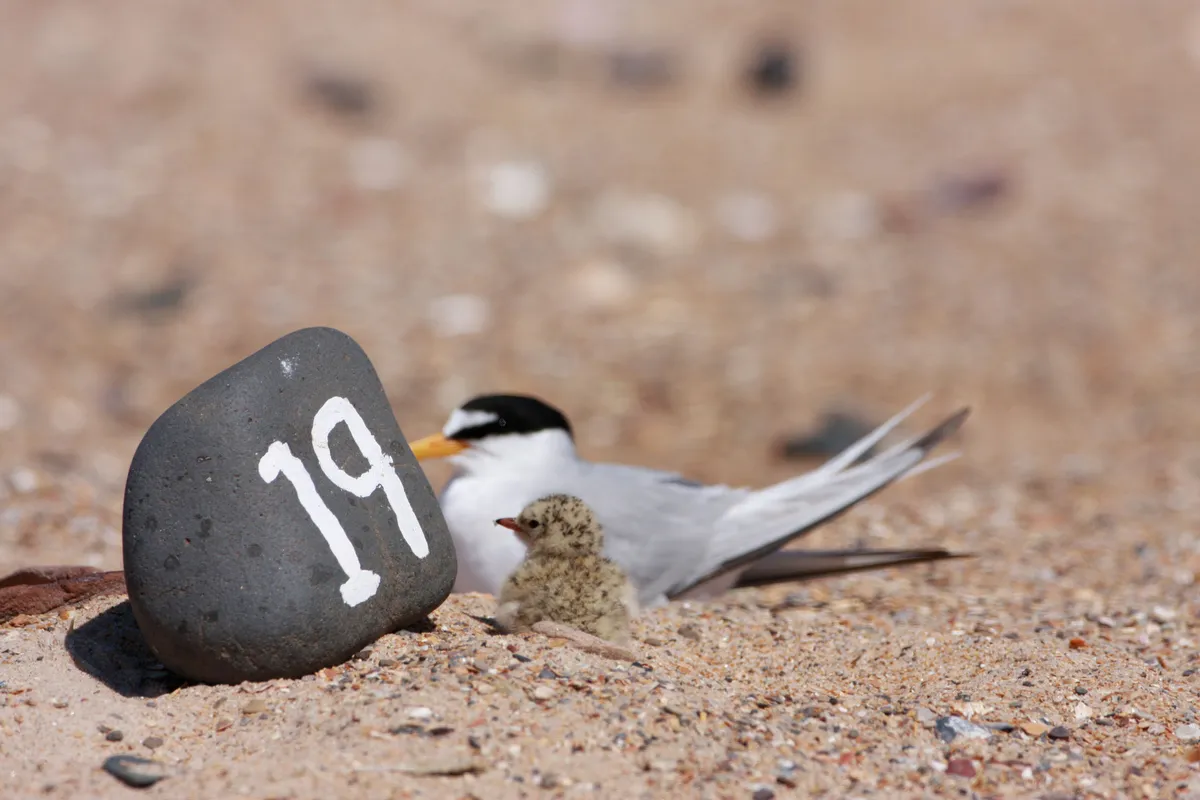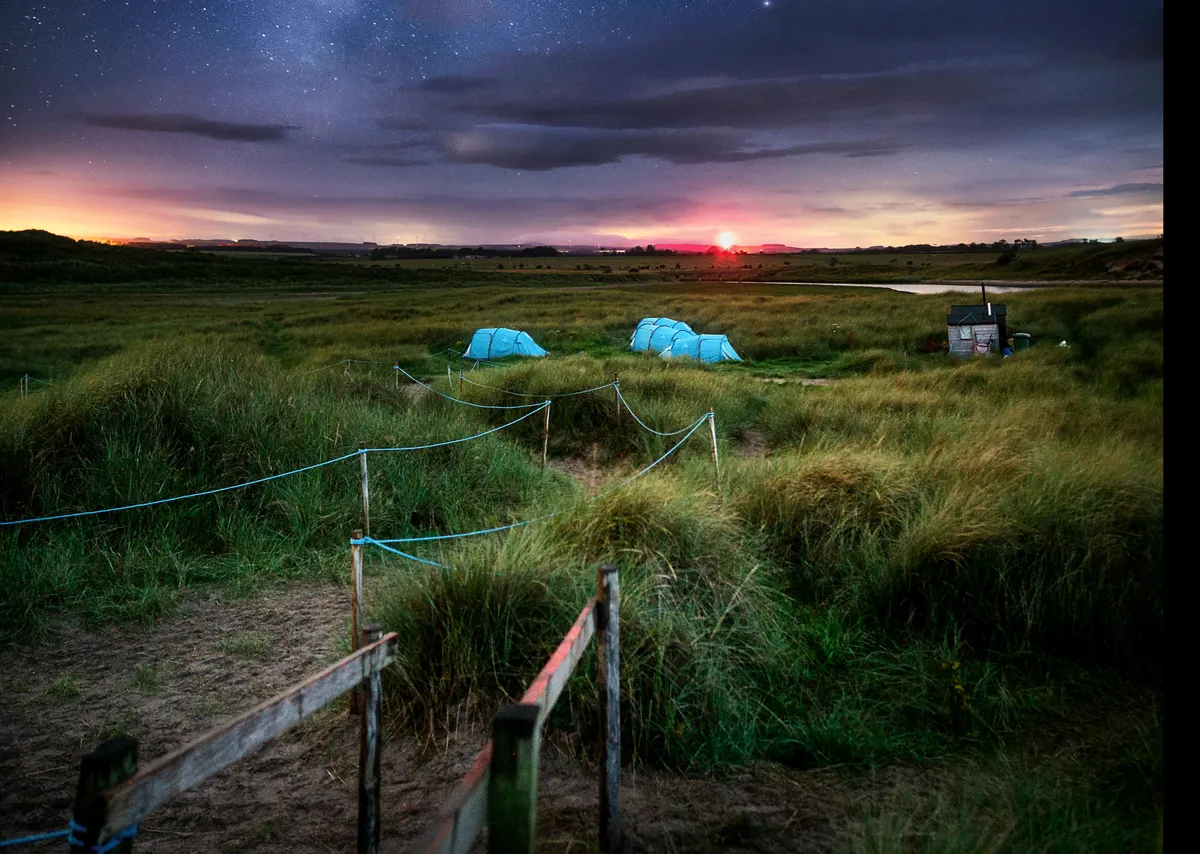The little tern population has been in decline in Britain since the 1980s, with fewer than 2,000 breeding pairs remaining.
Little terns are one of the UK’s smallest seabirds, measuring less than 25cm in length, making them particularly vulnerable to environmental threats such as extreme weather and habitat loss. These tiny birds annually undergo an epic 3000-mile journey from West Africa to British coastline, where they raise their chicks beside the sea in April.
After a successful breeding season in 2017, last year, heavy rain and strong winds from Storm Hector hampered efforts, with 40 breeding pairs of little terns forced to abandon their nests along the National Trust’s Long Nanny shorebird site in Northumberland.

Thanks to conservation efforts, the species has achieved its most successful breeding season in nearly 30 years, with 34 breeding pairs recorded and 54 little tern fledglings commencing their lengthy migration to West Africa.
As part of the conservation work, National Trust rangers carried out a three-month-long, 24-hour watch. The rangers kept predators such as foxes, crows and gulls at bay, while educating visitors and collecting data for a national report on breeding seabirds.

Spells of sympathetic weather and the construction of a high spit over the winter also contributed to the highest number of chicks since 1990.
Fey Young, Assistant Ranger at Long Nanny said: “We’re extremely proud to have such a high number of fledglings and hope to see them again in a few years when they return to breed.”
Positive results were also achieved at Blakeney Point in Norfolk, a second little tern breeding site protected by the Trust, with a higher than average productivity of 0.69 reported.
Little terns feed mostly on sand eels and young herring, plunge-diving to catch their prey, and tend to lay one to three camouflaged eggs on the beach, often close to the high-water mark.
They usually lay between one and three camouflaged eggs on beaches, often close to the high-water mark.
